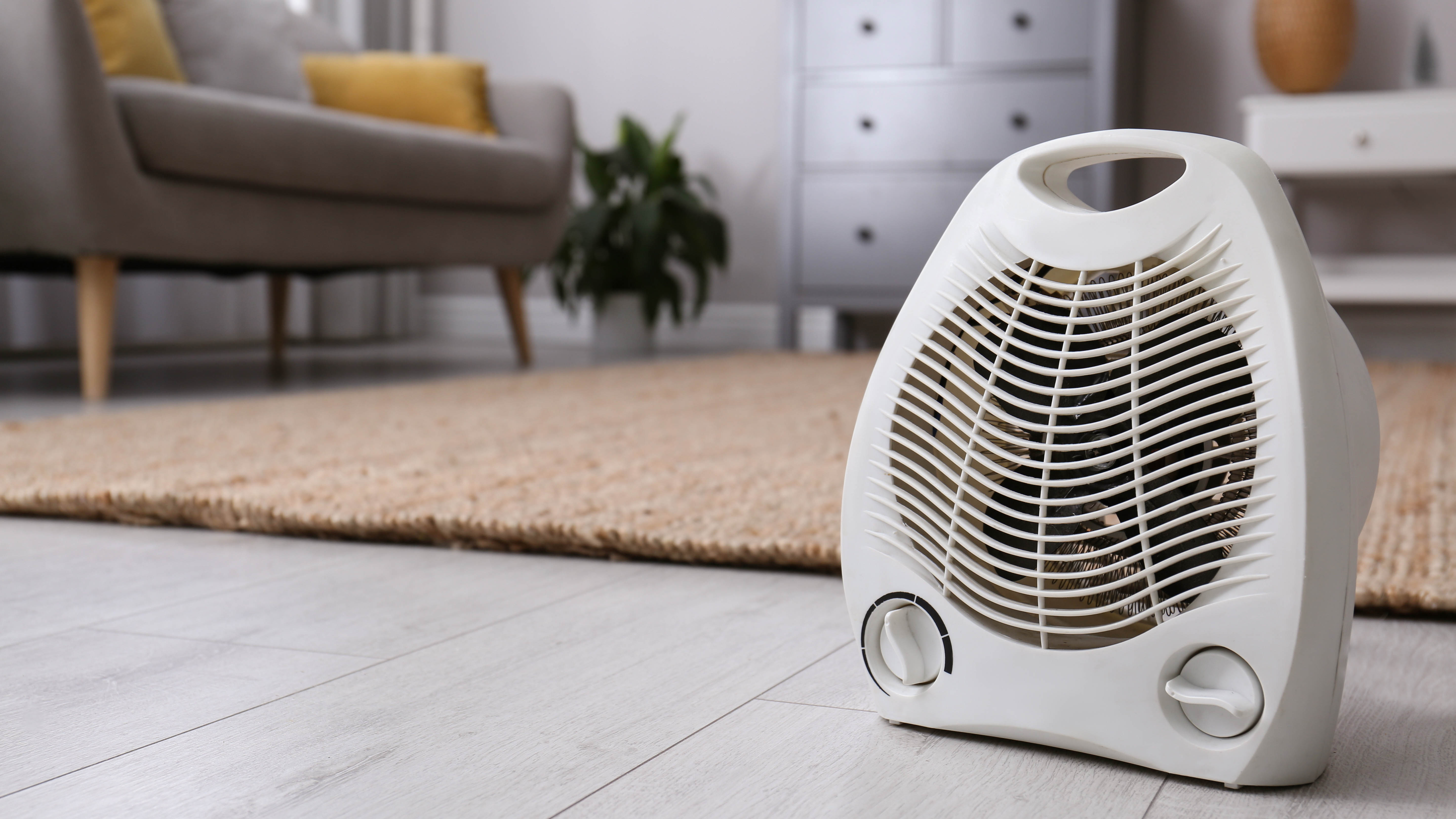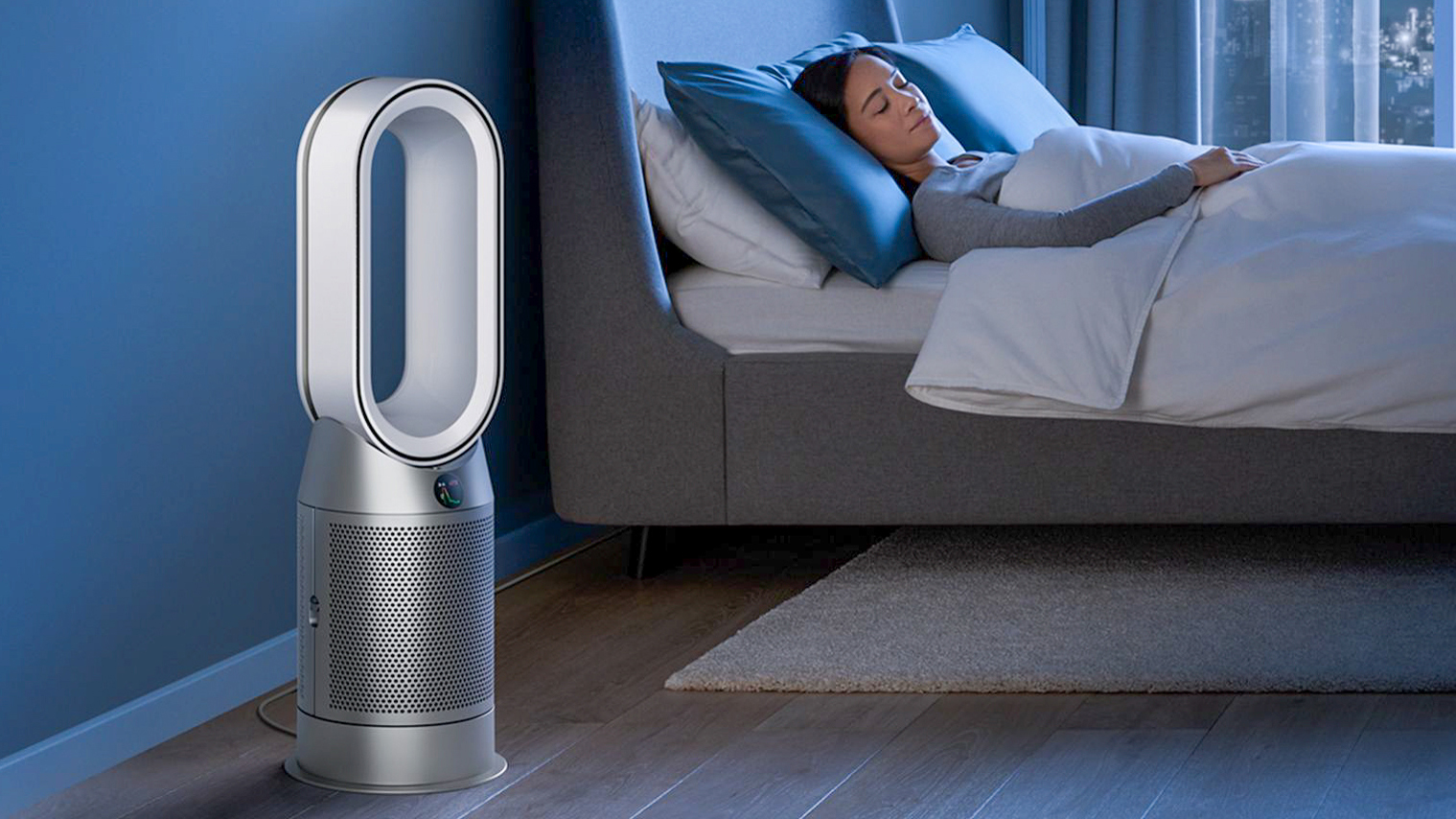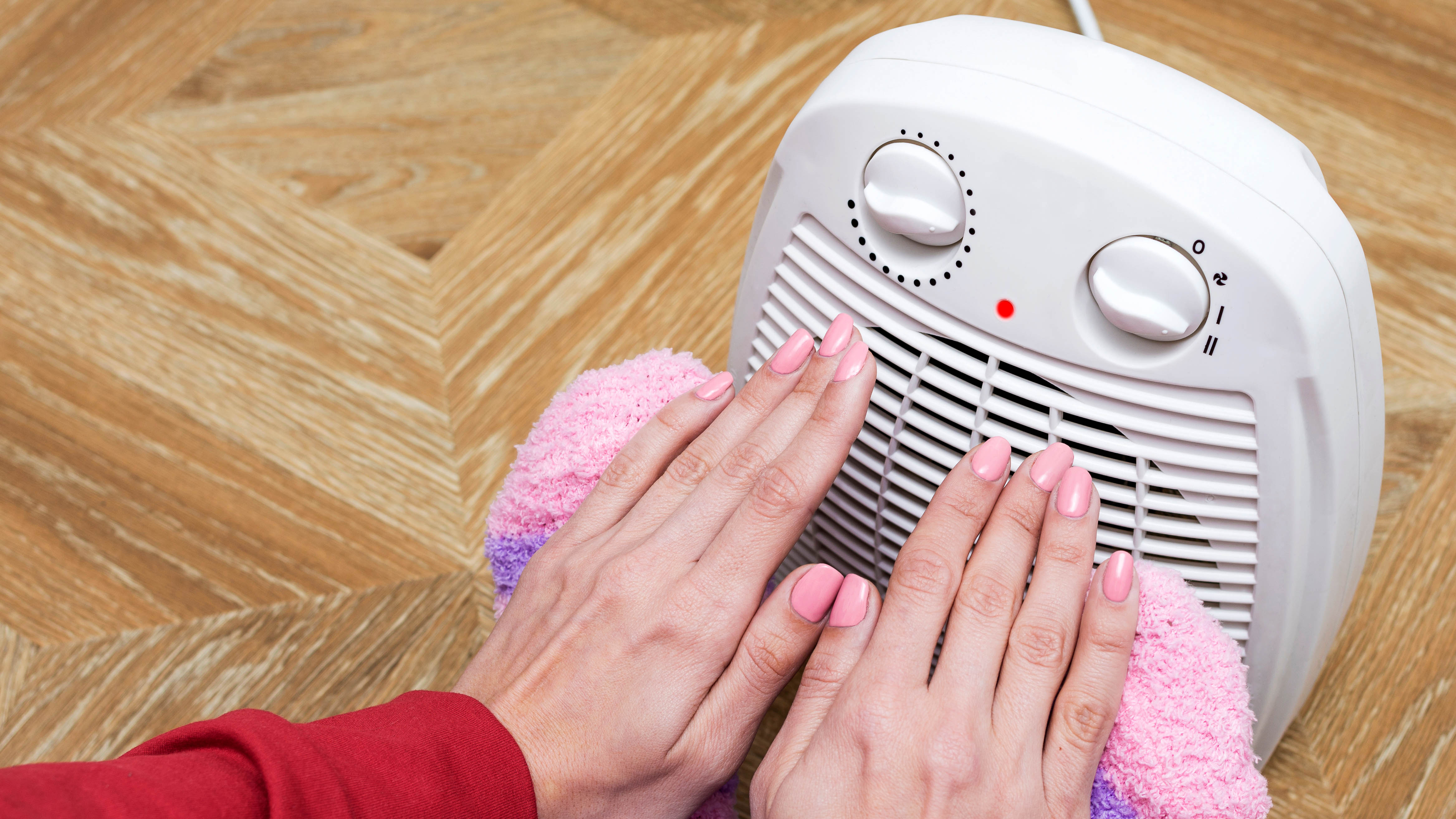Should you buy a space heater? Here are the pros and cons

As temperatures continue to drop, more and more of us are reluctant to switch on the heat. After all, energy prices are on the rise, and even if you follow these 12 energy saving tips, you can wind up with a pricey bill at the end of the month. But, there is one solution which always rockets in sales at this time of year — space heaters.
The best space heaters will help you stay warm without relying on your heating system. These portable appliances will heat a small space with ease, with some offering special features, such as eco modes or smart connectivity. But, what are the drawbacks to using one of these machines? Here, we break down the pros and cons of using a space heater, helping you decide whether it’s the right investment for you.
Be sure to also check out 7 ways I’ve kept warm without turning the heat on and when is the best time to turn the heat on?
Pros of using a space heater
1. Energy efficient vs. heating the whole house — Naturally, heating one room up to temperature is going to require less energy versus heating the entire house. This is one of the primary reasons for why people opt to purchase space heaters.
Some space heaters also come with eco settings, which means a built-in thermostat will control when the device powers on and off to meet a desired temperature. Essentially, you won’t use more power than necessary with this setting.

2. Quick and effective to get working — It can take your central heating system some time to make an impact on the temperature of your home. Depending on its efficiency, sometimes an hour or more is necessary to feel the difference.
If you’re using a space heater, you will feel the appliance getting to work almost immediately. In fact, when we put a range of models to the test, we found that the majority increased the temperature by 10°F from 2 feet away in about 20 to 30 seconds on average.
Get instant access to breaking news, the hottest reviews, great deals and helpful tips.
3. Portable and compact models available — Space heaters are portable, which means you can move them from room to room to suit your needs. Some come with handles to make moving them around easier, while others have a more compact and lightweight design, so they can be picked up with a single hand. Such is the case with the Amazon Basics Small Space Heater. So even if you’re tight for space, there’s a space heater which can suit your needs. Some space heaters can even be wall-mounted to take away the space factor entirely.
However, you should take care when moving a heater which has been recently used in case it’s hot to the touch. You should also never place your space heater on a carpet or rug, as this poses a fire hazard.

4. Hybrid designs are available — If you want to get more from your space heater, you can always opt for a hybrid design which offers more than one function. For instance, some space heaters can also double up as fans, which makes them useful during the summer as well as the winter. The Dyson Hot + Cool HP07 pulls double-duty as an air purifier, while the Dr. Infrared Heater DR-998 also works as a humidifier.
If you're going to buy the extra appliances anyway, buying a 2-in-1 machine will ultimately save you space. However, these features do tend to add to the price tag, so you should only ever pay for what you’re planning to use.
5. Smart connectivity is available — Space heaters are now advanced enough that some can be incorporated into your smart home regime. Getting a model with smart connectivity opens up the opportunity for better control and better user interface.
Essentially, this allows you to control and monitor the space heater remotely from your phone, so you can set the desired temperature precisely and even receive notifications, such as when the temperature has been reached or if the device has tipped over. Smart features will likely add to the price tag, but they can be a useful addition if you want more accessibility.

Cons of using a space heater
1. Only heat one area of the house — Of course, a space heater won’t be as powerful as your central heating system. After all, they’re only built to heat a small space. Consequently if you need access to more than one room, you’re going to feel the cold as soon as you leave the area.
You could always opt for multiple space heaters, but this would defeat the purpose of energy efficiency. What's more, you should always be present while a space heater is running. So be prepared to face the cold whenever you need a bathroom break.

2. Noisy — This drawback depends on the model in question, but some space heaters are indeed noisier than others. For instance, during our tests, the Honeywell 360 Degree Surround Heater produced 59.9 dB (about the equivalent of an electric toothbrush), so you’d struggle to concentrate next to it.
By comparison, the Vornado VH200 Heater only output 45.5 dB. So, make sure you confirm the noise rating of the space heater before you make a purchase.
3. Hot to touch — This is a very important safety aspect to consider. Some space heaters do grow hot to the touch as they heat. That means they can be a danger to any curious young hands or passing pets. It also means they can pose a fire hazard if left near anything flammable.
In our tests, most models offered a safe and consistent surface temperature across all sides, however, some did pose a safety hazard. The DeLonghi Ceramic Tower Heater maintained 73-75°F on its sides and back, but the front reached 246°F, which would scald on touch. Opt for a space heater which maintains a safe and consistent surface temperature — take a look at our best space heaters results for guidance.

4. Not safe to run unattended — Unlike your central heating, we would not recommend leaving a space heater running unattended. It can, after all, pose a fire risk. So that means pre-heating a room isn’t recommended.
You’re also somewhat limited on where you can place your space heater because of this. It can’t be placed on the carpet or rugs, and it can’t be near anything flammable. Consequently, a space heater may not suit someone who is particularly cautious.
However, added safety features are available to help ease the mind, such as tip-over protection, auto off settings and child locks. Just be prepared that your space heater will still need constant supervision.
Ultimately, whether a space heater will suit you comes down to your needs and preferences. If you’re happy to stay by its side, and you’re worried about the climbing energy rates, it may be the best investment you can make over winter. However, if you move around the home a lot, and don’t feel it’s safe around your children, best to steer clear.
If you're looking to reduce your bills in other ways, check out these 15 water saving tips too. And we've got 7 things to know before buying solar panels if you're mulling over that change to your home. Plus, did you know that this is the cheapest time to do your laundry? Also, what is an Energy Star rating and how can it save you money?

Katie Mortram used to be a Homes Editor for Tom's Guide, where she oversaw everything from kitchen appliances to gardening tools, as well as smart home tech. Specializing in providing expert advice for cleaning and home manintenance, she now works as Household Advice Editor for Good Housekeeping.
